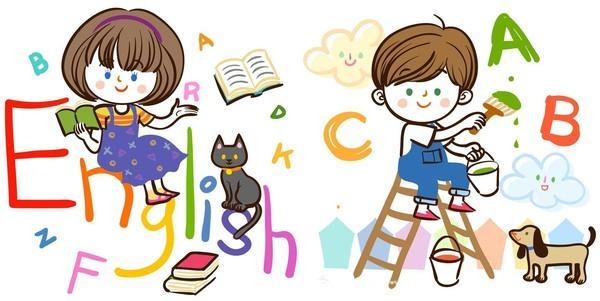The English phrase "Bye-bye" is a common way to say goodbye in many languages, including English. It has its origins in the British Isles and can also be found in other European languages like Italian, Spanish, and French. The phrase means "goodbye" or "farewell" but with a more casual tone that is often used when leaving someone for just a short period of time, such as going to the shop or taking a quick break from work.

In terms of spelling, "Bye-bye" is written as two separate words: "bye" and "bye". This is important because in some contexts, using only one word might not convey the intended sense of the phrase. For example, while saying "bye-bye" twice can make it sound like you're planning to come back, using just "bye" might leave the impression that you're not planning on returning. Therefore, it's always best to use the full phrase to ensure clarity in your message.
Another interesting aspect of this phrase is its evolution through different dialects and cultures. In some parts of the world, "Bye-bye" is used more frequently, whereas elsewhere it may not be commonly heard. However, its core meaning remains the same across all these regions, which further highlights its universality as a parting greeting.
To understand the cultural nuances of "Bye-bye", let us delve deeper into how it is used around the world. In America and Canada, this phrase is widely used by both children and adults alike, making it a very familiar part of everyday conversation. On the other hand, in some Asian countries like Japan, people may prefer to use different expressions like "see you later" or "take care." These variations reflect the diverse ways cultures express similar ideas and emotions.
Moreover, language experts point out that "Bye-bye" has evolved beyond being merely an expression of farewell. It can also carry emotional weight depending on the context and tone of voice used. For instance, saying "Bye-bye" with a smile and a wave can convey warmth and friendliness, whereas saying it quickly without looking back might suggest reluctance or even anger. Therefore, understanding how to use "Bye-bye" correctly can greatly enhance your communication skills and help you navigate various social situations successfully.
Now, let's explore a few examples of how to appropriately use this phrase in different contexts:
When leaving home for just a few minutes: "I'm just going to the corner store. Bye-bye!"
As you bid farewell before a long journey: "Take care and I hope we meet again soon."
When ending a phone call: "Well, that was nice talking to you. Bye-bye for now!"
These examples demonstrate the versatility of "Bye-bye" and show how it can be adapted to suit various situations. Whether it's a quick departure or a formal goodbye, knowing how to use this phrase correctly can go a long way in expressing your intentions effectively and maintaining good relations with others.
推荐阅读》未经允许不得转载:» 拜拜的英语怎么写的("Bye-bye")

 家长点评网
家长点评网











